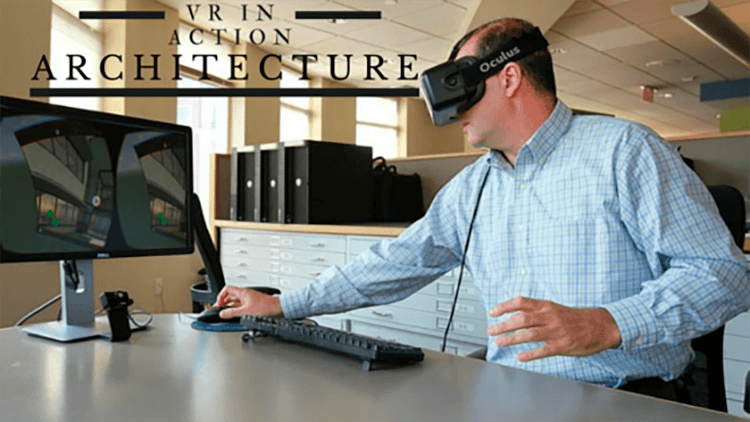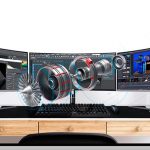2016 will be the year that finally brings viable virtual reality to the masses, and the implications for what this technology will do to industries like architecture will be game changing. VR supporters like to boast that devices like the oculus will change the way that may business will do everything, but for architects all over the country, this is already becoming the case.
Today it is possible to design every aspect of a building and walk through it from room to room, experiencing the flow and feel of the building before a single dollar has been spent on construction. To the average person this may sound like a novelty for architects to pitch their designs to clients, but in practice this will revolutionize the way that architects plan their projects.
Up to this point designers were forced to show clients their designs using scale models and 3D representations on computer screens, which force clients to imagine themselves in the space, but often something is lost in translation. It is extremely difficult to give someone a sense of scale or proportion when asking them to picture something in their head, but that is no longer a necessity. Now, architects are able to render their designs in VR programs and drop their clients directly into the building that they intend to create. This allows for everyone involved to get see any potential issues before the construction process even starts, which will prevents costly post-build alterations. In the coming years you can expect to see all major architecture firms to incorporate VR is some capacity, because for architects, it’s basically cheating.
Currently, the process of designing these virtual reality experiences is extremely time consuming and requires a high degree of programming knowledge. While architects are used to using complex CAD programs, many are not so experienced in designing things in VR. This has led to several companies stepping into this gap in the market and providing this service for companies. There are also programs which are being created like Unreal and Unity which make the process of developing environments or translating CAD models considerably easier. As technologies like these continue to develop and ease of use increases, the adoption of VR technology into the architecture field will become more widespread.
While the technology is not quite there yet, many architects expect that the day will come that they will be able to walk through their designs and alter them in real time. The ability to design a structure and change building materials or alter structures in order to improve the overall form and function of a building would allow architects to do incredible things.
As of now this technology is still in its infancy, and much of the work that is currently being done is taking place on headsets powered by smart phones or developer versions of the Oculus Rift or HTC Vive. However with the consumer versions of both the Vive and the Rift being released later his year, you can expect widespread adoption of this technology very quickly. Over the course of the next few years, you can expect virtual reality renderings to become the standard in the architecture industry.








No comments yet